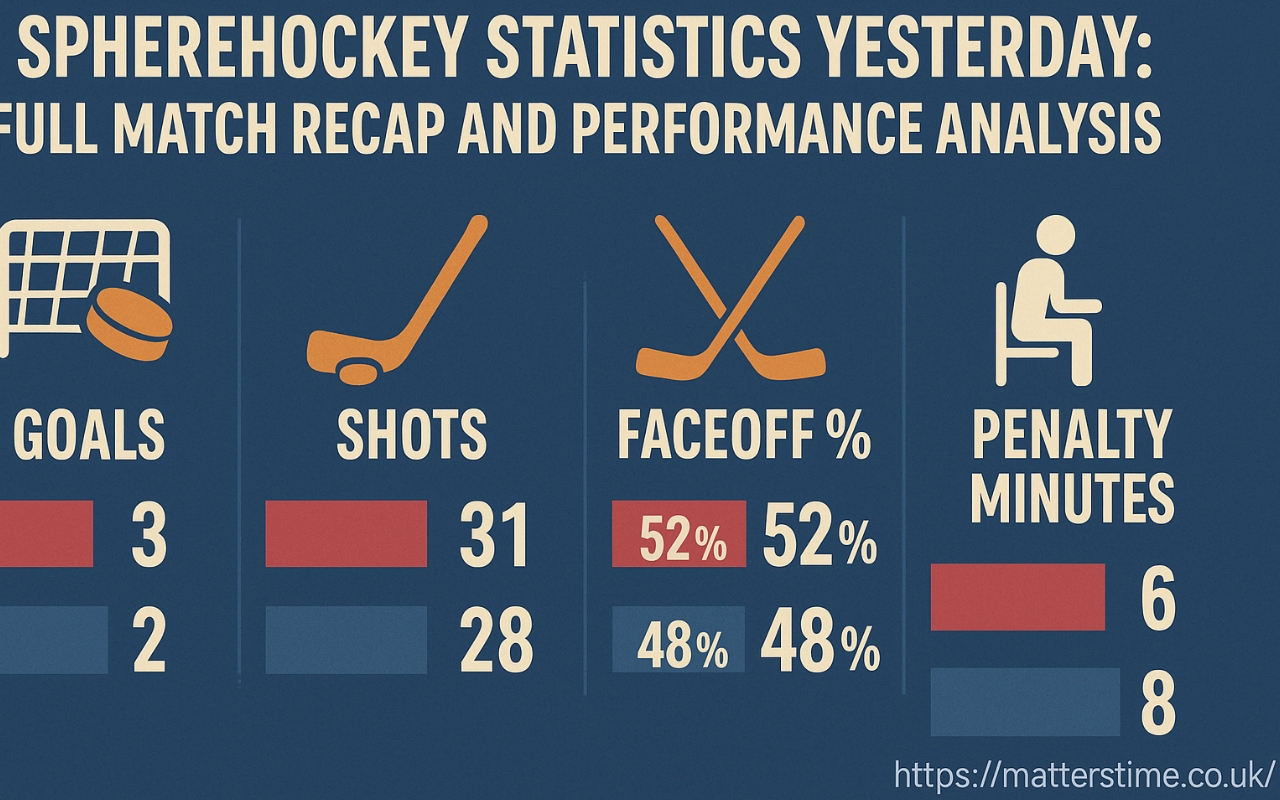lake texoma should be capitalized: Proofreading Tips for Travel Photographers
When producing professional travel content, every detail matters — from the sharpness of the image to the precision of the accompanying text. One detail often overlooked is capitalization, particularly when it comes to place names. For instance, lake texoma should be capitalized in every professional article, caption, or marketing material, yet it’s surprisingly common to see “lake texoma” written in lowercase. This kind of oversight may seem minor, but for travel photographers who rely on polished presentation to sell their work, it can significantly impact credibility and audience trust. In this comprehensive guide, we’ll explore why capitalization matters, how it ties into professional proofreading, and actionable strategies travel photographers can use to ensure flawless, publication-ready content.
Understanding the Grammar Rule: Why “Lake Texoma” Requires Capitalization
The phrase lake texoma should be capitalized because it is a proper noun. In English grammar, proper nouns — names of specific people, places, landmarks, and institutions — must begin with a capital letter. “Lake Texoma” is the official name of a geographic location that straddles the Texas–Oklahoma border, making it unique and deserving of proper noun treatment.
Failing to capitalize it not only breaks a grammatical rule but also diminishes the perceived importance of the location. For travel photographers, this means a lower level of professionalism in captions, blog posts, or photo essay submissions. Imagine submitting your work to a magazine that prides itself on attention to detail, only for the editor to see “lake texoma” in lowercase. It creates an impression that the photographer either doesn’t know the rule or didn’t take the time to proofread — neither of which are ideal for building a reputation in the industry.
The Link Between Professional Photography and Accurate Writing
Photography is a visual art, but in the travel industry, images are almost always accompanied by words. Whether it’s a blog post, social media caption, travel guide, or photo exhibition brochure, the text frames how viewers interpret the image. For example, a breathtaking shot of a sunset over Lake Texoma might lose some of its impact if the accompanying caption reads:
“Sunset over lake texoma.”
While the photograph itself may be stunning, the lowercase “lake texoma” subtly communicates a lack of refinement. On the other hand:
“Sunset over Lake Texoma.”
This small but significant change immediately signals to the audience that the photographer values accuracy and presentation. The difference is psychological, but it affects how potential clients, editors, and followers perceive your brand.
Common Capitalization Mistakes Travel Photographers Make
Even experienced photographers sometimes make avoidable errors when preparing written content. Here are some of the most frequent mistakes:
- Lowercasing proper nouns – Writing “lake texoma” instead of “Lake Texoma” is one of the simplest yet most damaging mistakes.
- Inconsistent capitalization – Switching between “Lake Texoma” and “lake Texoma” within the same article creates confusion and inconsistency.
- Overcapitalizing generic terms – Writing “Lake Texoma Is A Beautiful Destination” capitalizes every word unnecessarily; only the proper nouns and the first word of a sentence should be capitalized in standard style guides.
- Neglecting cross-platform consistency – A photographer might correctly capitalize in a blog post but fail to do so in Instagram captions, YouTube descriptions, or photo metadata.
Understanding these pitfalls is the first step toward eliminating them entirely from your workflow.
Proofreading Strategies for Travel Photographers
To ensure lake texoma should be capitalized and similar rules are applied consistently, travel photographers can adopt a structured proofreading approach:
1. Use a Style Guide
Adopt a professional style guide such as The Associated Press (AP) Stylebook or The Chicago Manual of Style. These guides clearly outline capitalization rules for proper nouns, geographic names, and travel terms.
2. Proofread in Multiple Passes
Do not try to catch every mistake in one read-through. In your first pass, focus only on proper nouns like “Lake Texoma,” “Red River,” or “Denison Dam.” On your second pass, check sentence structure and grammar. A final pass should focus on overall readability.
3. Read Aloud
Reading aloud can help you spot inconsistencies. If you naturally pause when saying “Lake Texoma,” that’s a good reminder it’s a distinct name and should be capitalized.
4. Use Digital Tools Wisely
Grammarly, ProWritingAid, and similar tools can highlight capitalization issues, but they’re not infallible. Always double-check manually, especially with unique place names.
5. Keep a Personal “Common Names” List
If you photograph certain locations repeatedly, maintain a list of proper names and terms you frequently use. This ensures you spell and capitalize them consistently across all platforms.
Why Capitalization Influences SEO and Social Reach
In the digital era, lake texoma should be capitalized not only for grammar but also for search engine optimization (SEO). Google recognizes proper nouns, and using the correct capitalization in titles, meta descriptions, and alt text can improve visibility in search results.
For example, “Lake Texoma sunset photography” is more likely to be treated as a relevant search term than “lake texoma sunset photography,” because the capitalized version aligns with how most users type the query.
Similarly, on social media, properly capitalized captions look more professional and attract more engagement. People are more likely to share content that appears polished and authoritative.
The Role of Metadata and Captions in Professionalism
When you upload images to your website or a stock photography platform, you often include metadata such as the title, description, and keywords. If lake texoma should be capitalized in your main text, it should also be capitalized in the metadata. This creates consistency across your portfolio and strengthens your professional image.
Even captions for prints or gallery exhibitions should follow the same rule. A buyer who invests in a framed photograph is also buying into your professionalism, and attention to details like capitalization reinforces that trust.
How to Build a Proofreading Workflow That Fits a Photographer’s Schedule
Many travel photographers juggle multiple responsibilities: shooting, editing, networking, marketing, and writing. Proofreading can feel like an afterthought, but integrating it into your daily workflow makes it less burdensome.
- Batch your writing tasks – Write all your captions or blog posts for the week in one sitting, then proofread them later.
- Use templates – For repeated content formats (e.g., “Lake Texoma Sunrise Photo – Tips and Camera Settings”), have a proofread template to reduce errors.
- Schedule a weekly review – Dedicate 30–60 minutes each week to reviewing recent posts, ensuring proper nouns like Lake Texoma are capitalized everywhere.
- Collaborate with an editor – If budget allows, hire a freelance editor for final checks on major projects.
Final Thoughts: Why Small Details Create Big Impressions
In the competitive world of travel photography, the difference between a hobbyist and a professional often comes down to attention to detail. Capitalization might seem trivial compared to lighting techniques or lens selection, but it speaks volumes about your commitment to quality.
Remember — lake texoma should be capitalized not just because grammar demands it, but because your audience expects accuracy. Each photo you share is part of a bigger story about who you are as a photographer. Make sure that story is told with precision, professionalism, and pride.










